Stilt houses date to prehistoric times and can be seen in a variety of forms worldwide. New about them are the innovative and diverse ways in which they are being designed and built. Stilt houses are well suited to coastal regions and subtropical climates. They protect against floods, maximize views and allow homeowners to build on rocky, steep or unstable land. They also keep out animals and vermin, provide ventilation under the house and minimize a house’s footprint.
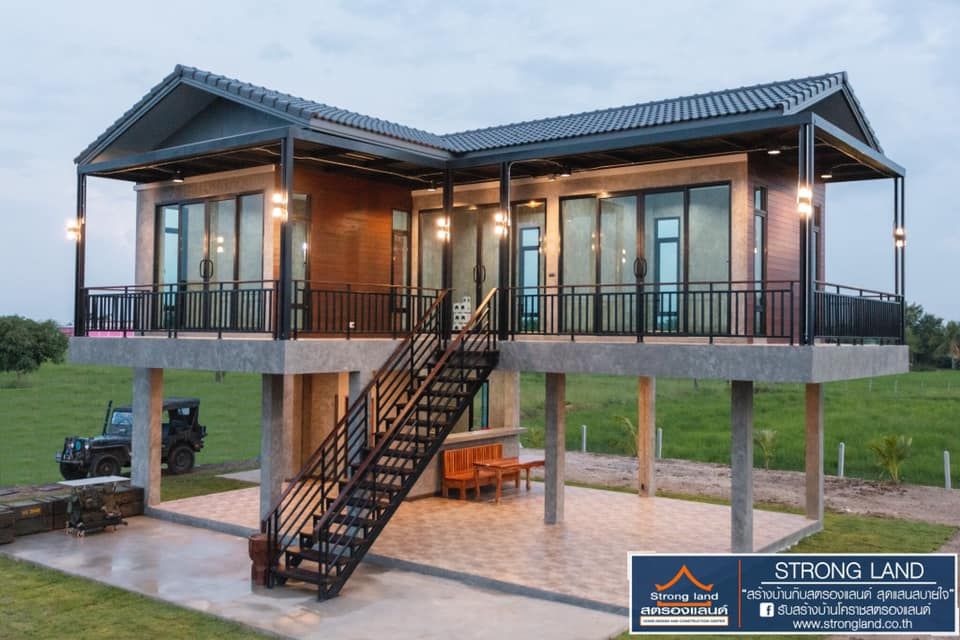
Take Advantage of ViewsThe ability to build on almost any kind of ground is a benefit that can’t be ignored. Build on sand and get up close to the ocean, immerse yourself in nature or be the king of the world on the side of a mountain.
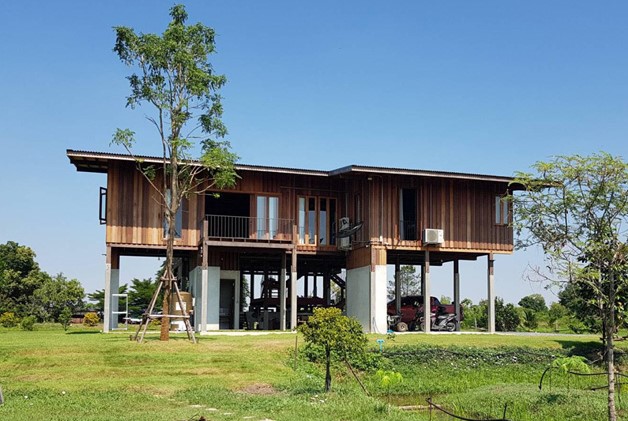
Difficult, uneven or even hostile terrain can be easily dealt with using stilt foundations. Stilt houses also allows for views over obstructions like trees or other buildings.
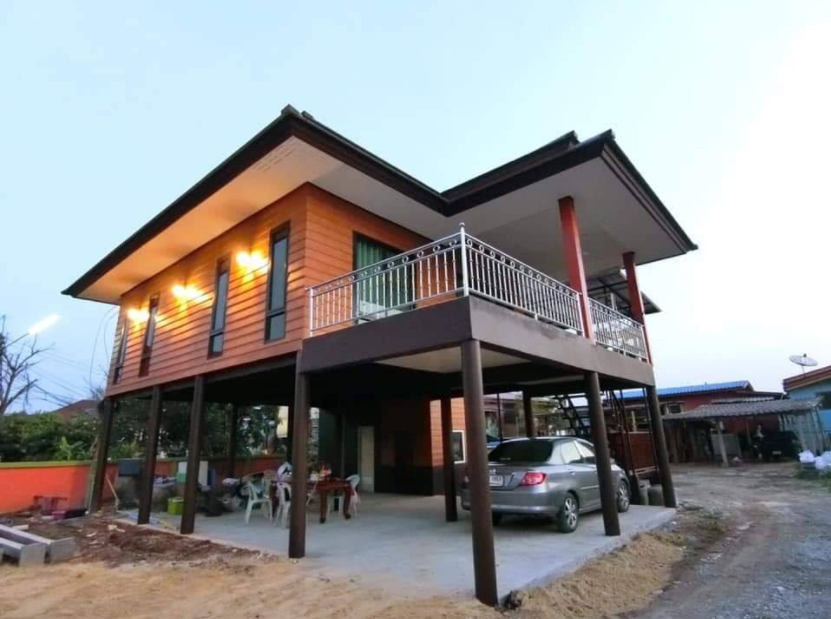
ProtectionStilt houses traditionally are raised to protect from flooding while staying close to food sources. Even if the risk of flooding is low, damp ground can destabilise a solid, flat foundation.
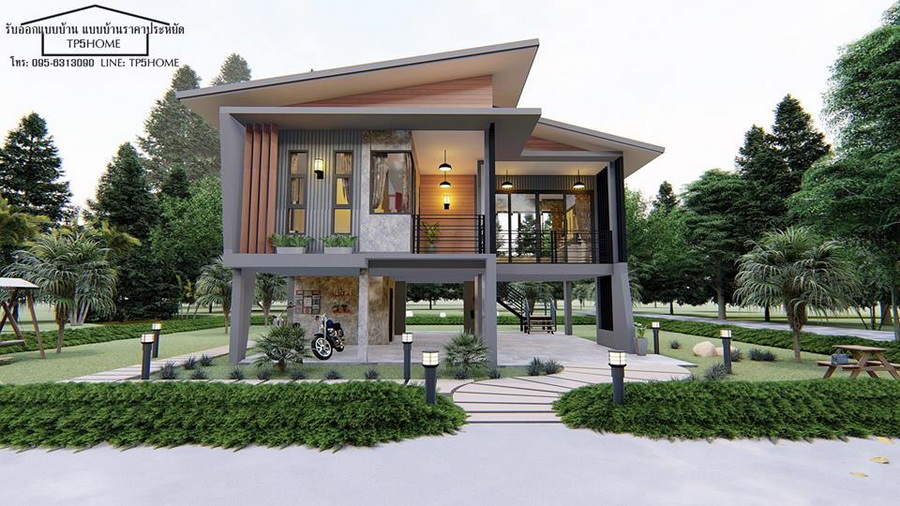
This is becoming more relevant today, as the effects of global warming are becoming more and more apparent. However, in other regions around the world, stilted houses protected against more than just water.
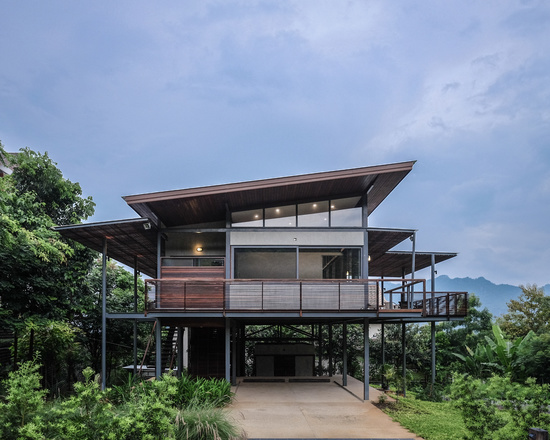
On mainland Asia, tigers and other large predators would occasionally wander through a populated areas in search of food, venomous snakes and insects can also crawl into a ground level home.
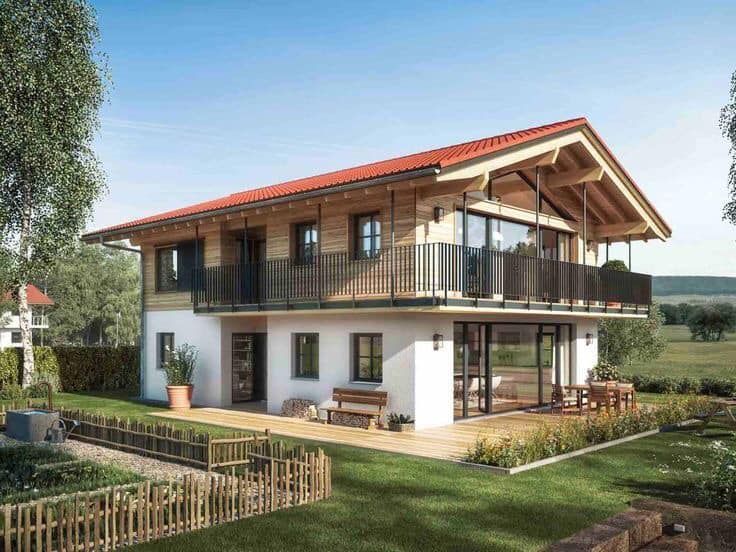
In Australia, wooden Queenslander homes are raised off the ground to deter wood-burrowing pests like termites. Stilt houses even offer protection in urban areas, as intruders are less likely to break into a house if it is raised 7 foot off the ground.
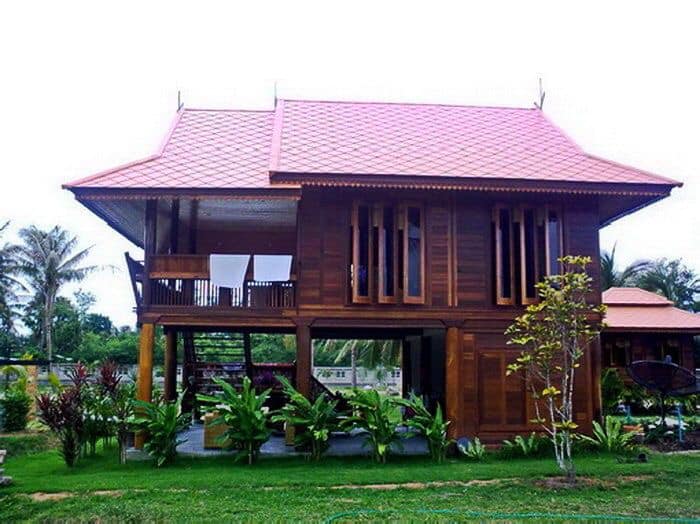
VentilationAir circulation is a challenge for houses in hot climates, but is easily achieved with stilt housing. As air pass underneath the house, it cools the rooms above. It also created areas of shade and sun that naturally warm and cool the house throughout the day.
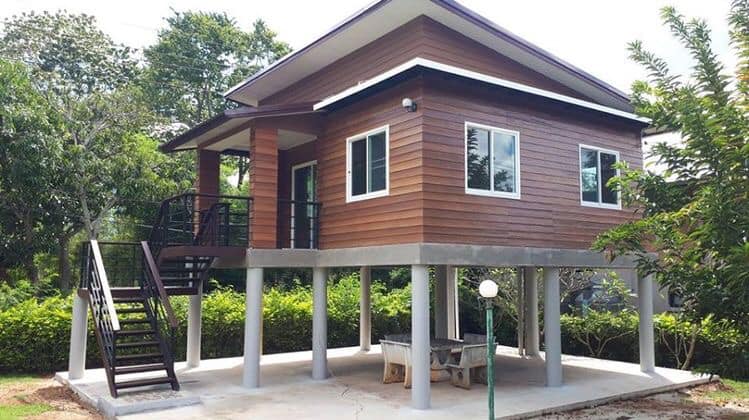
Another benefit of this increased insulation is that it wicks water off timber, preventing mould growth and decay.
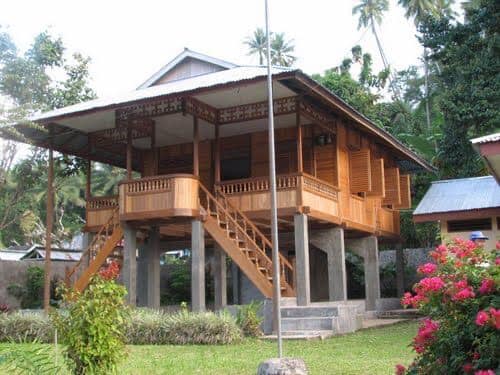
.
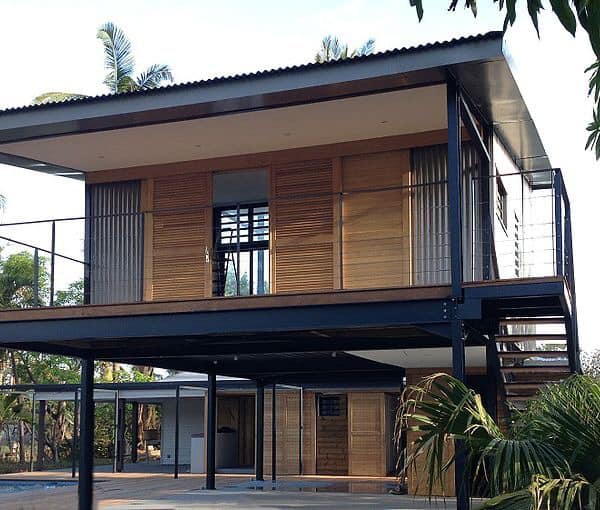
.
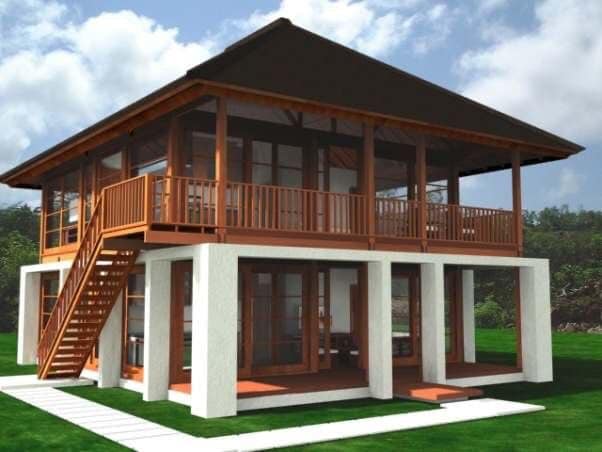
.

.
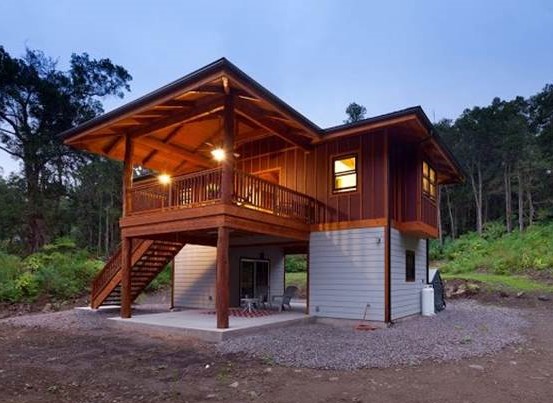
.
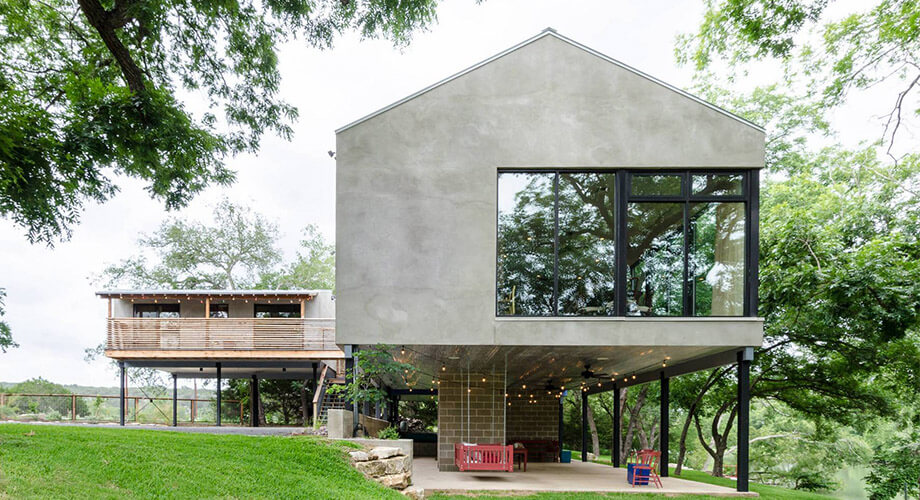
.
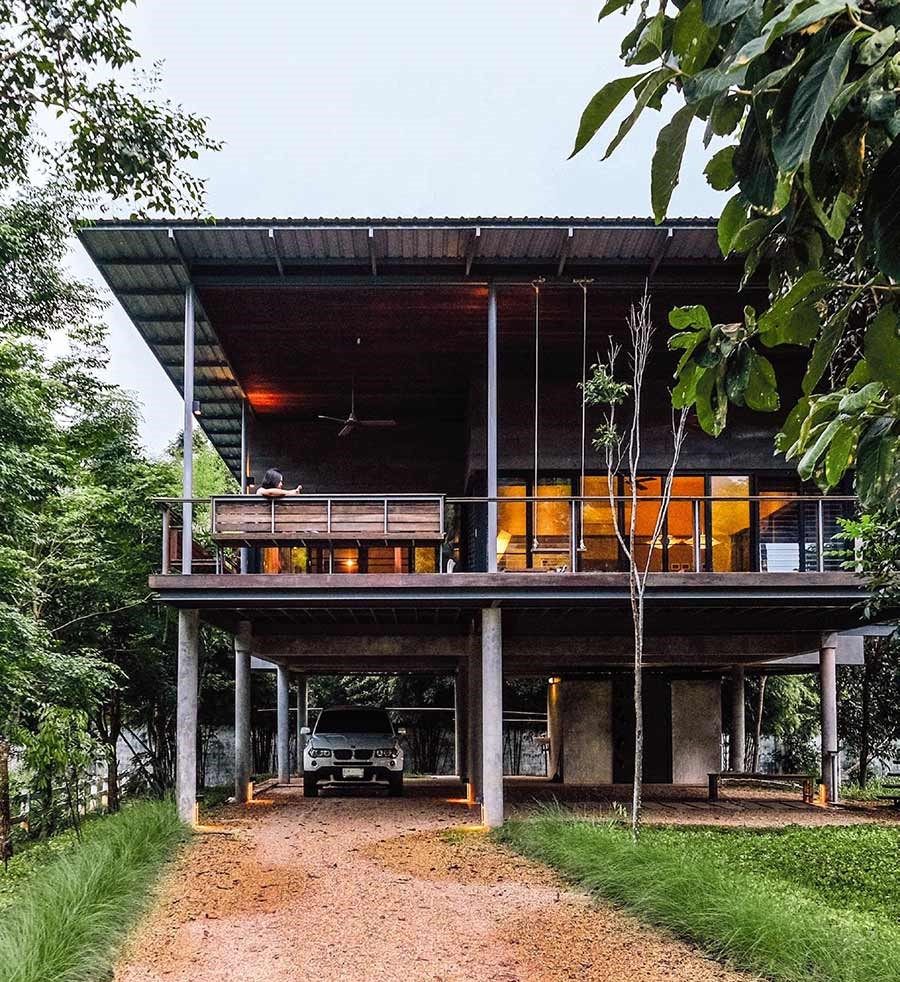
.
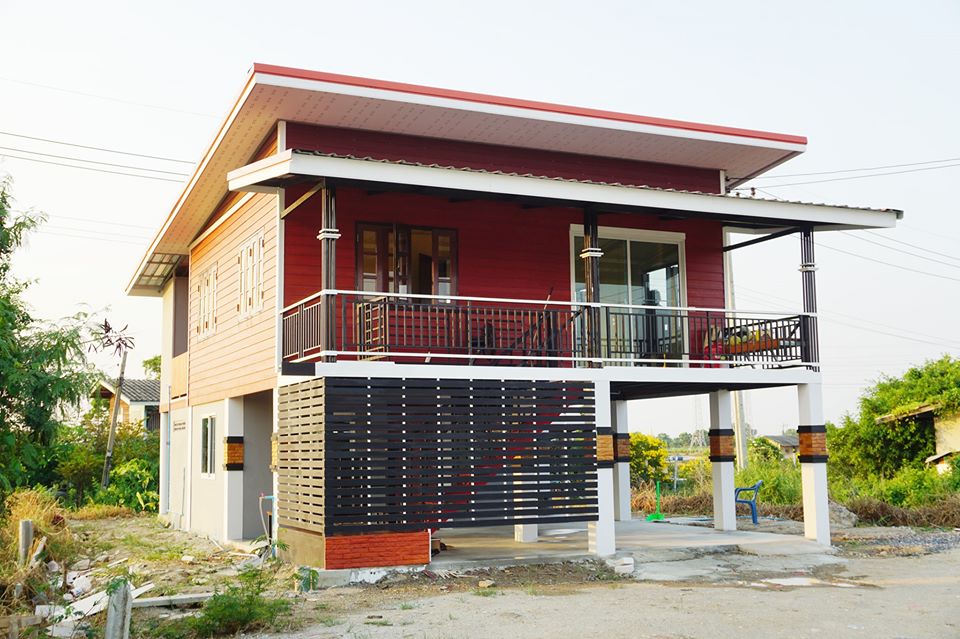
.
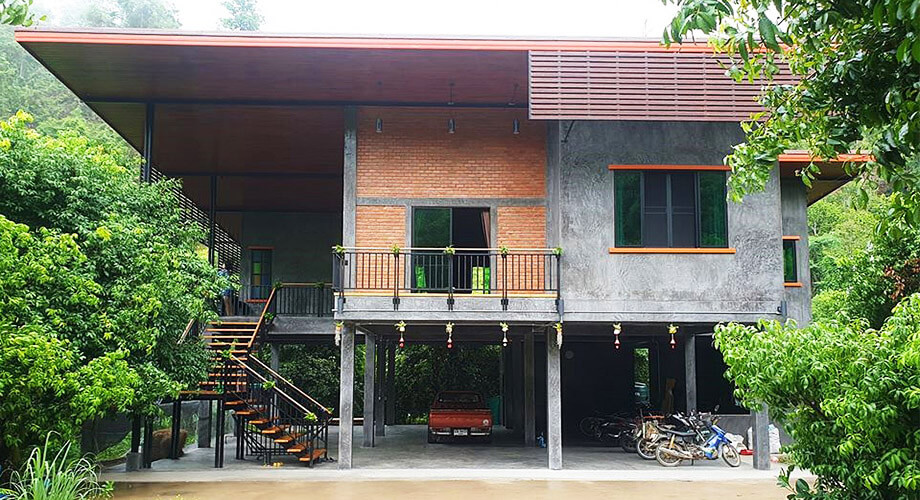
.
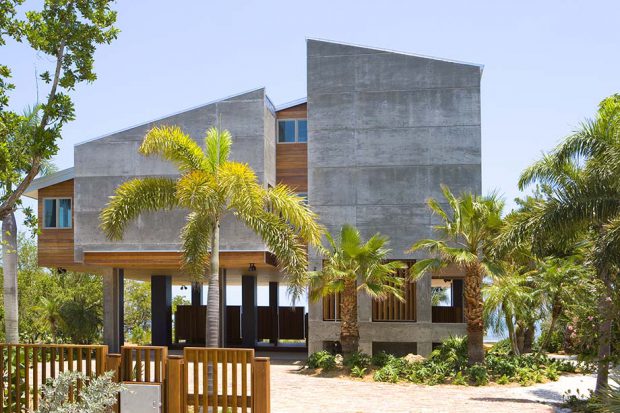
.
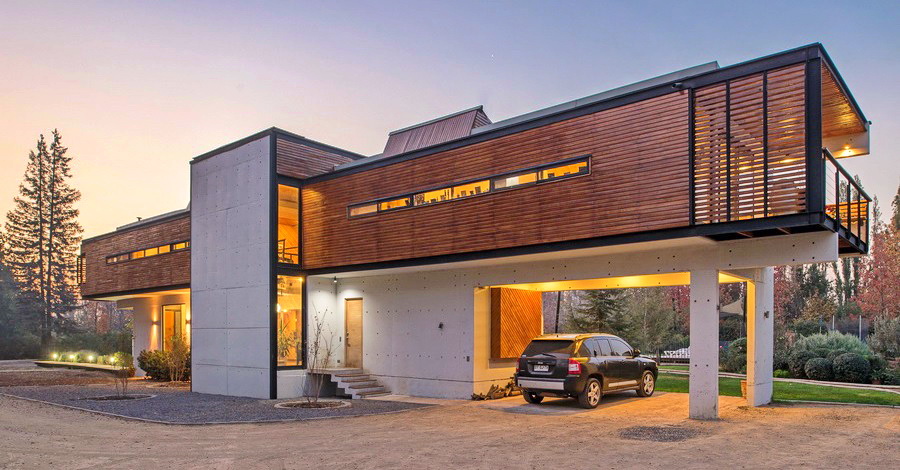
.
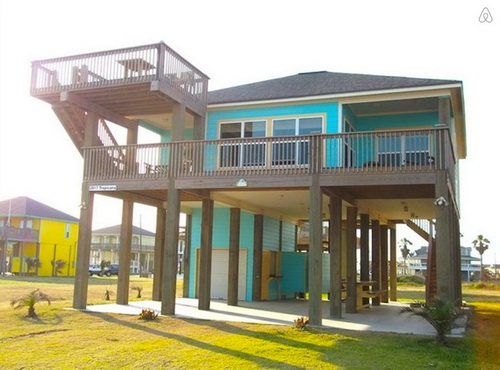
.
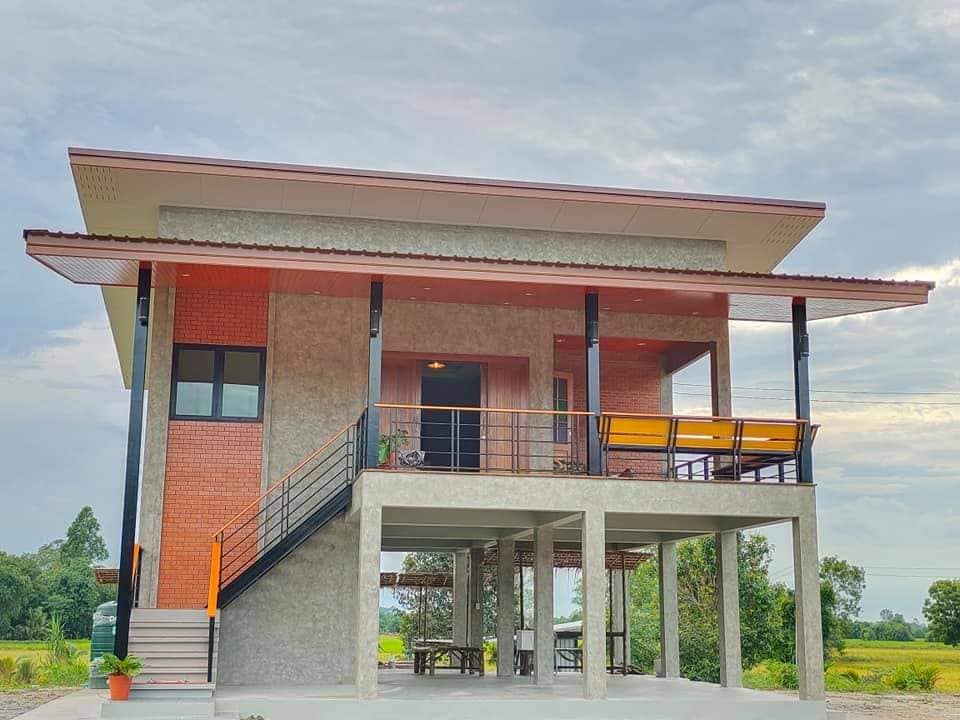
.
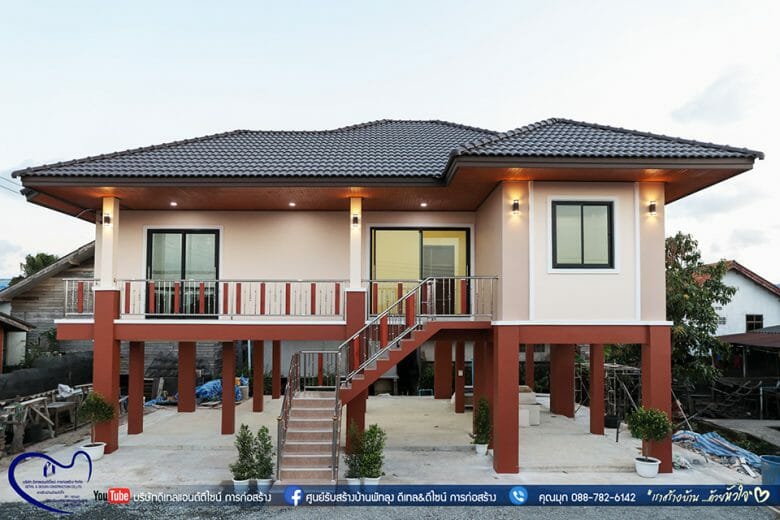
.
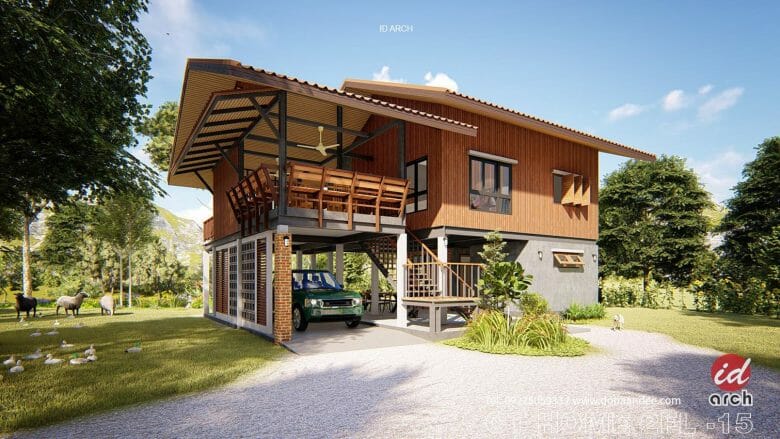
.
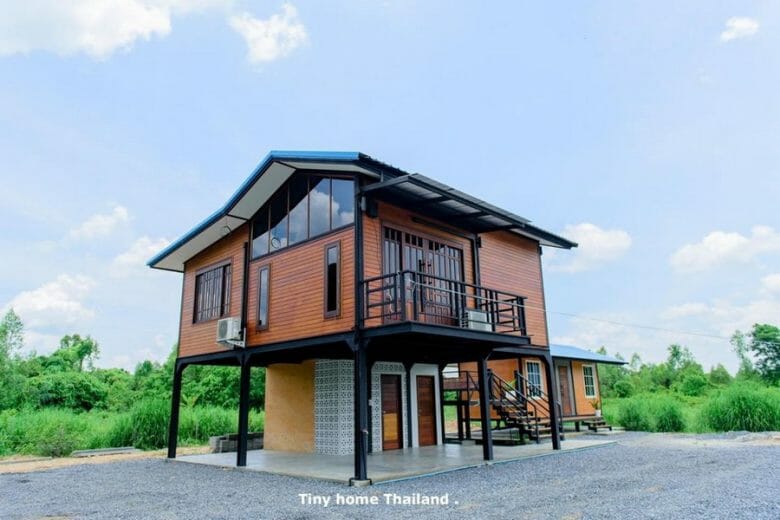
.
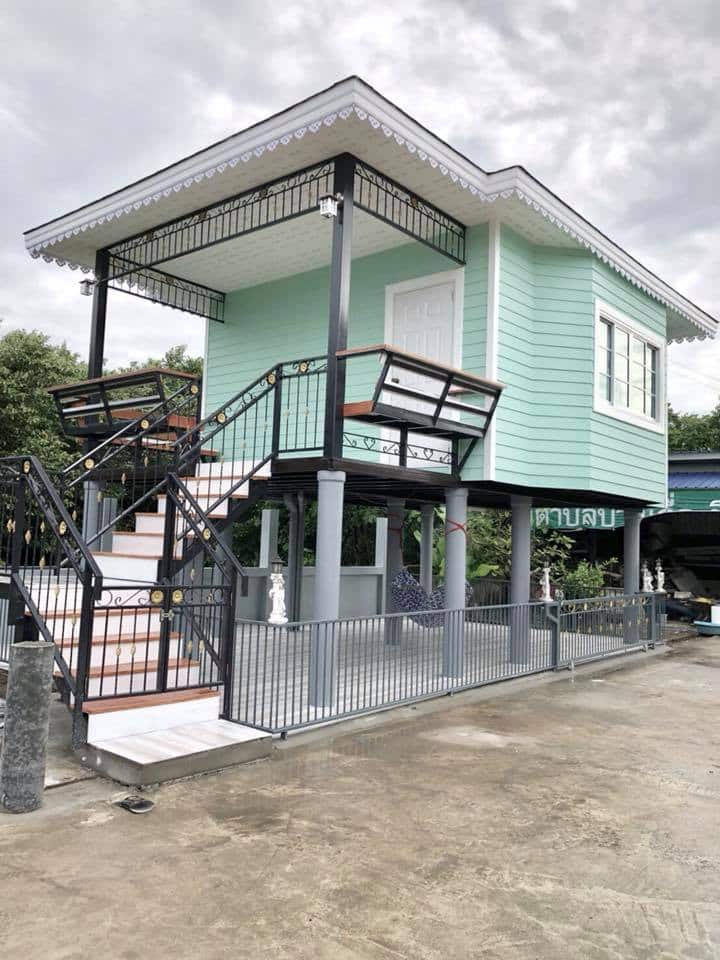
.
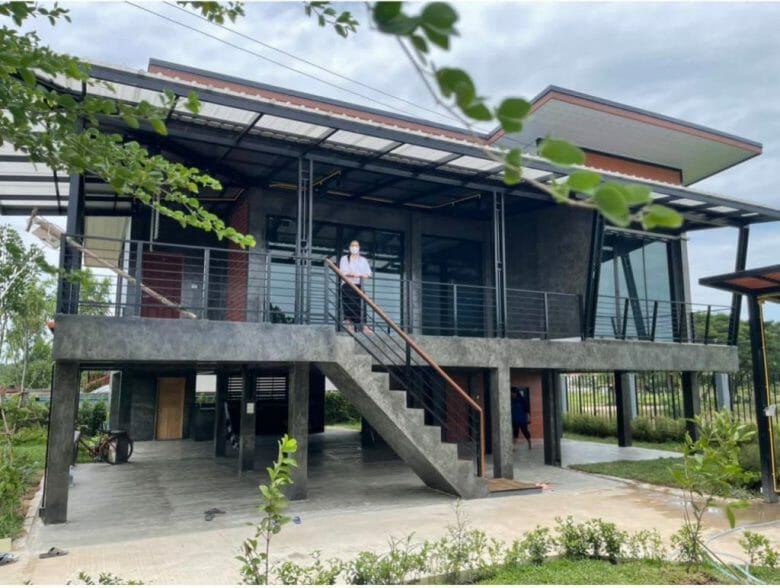
.
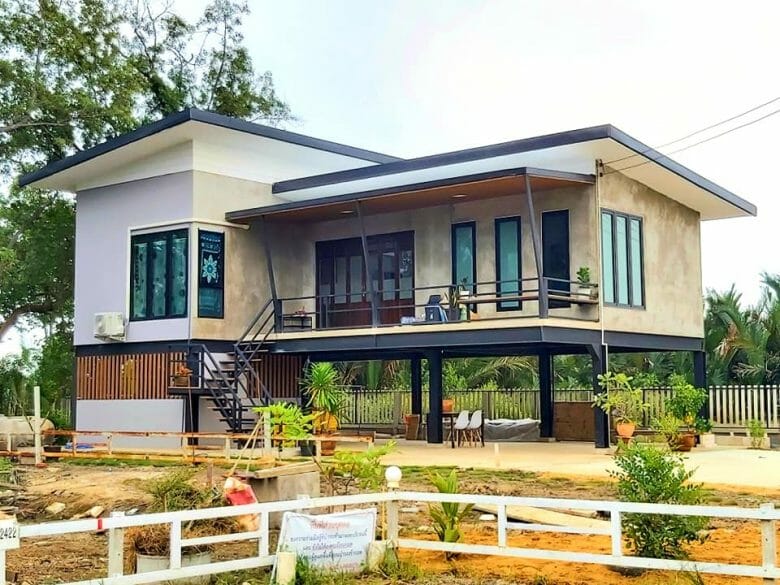
.
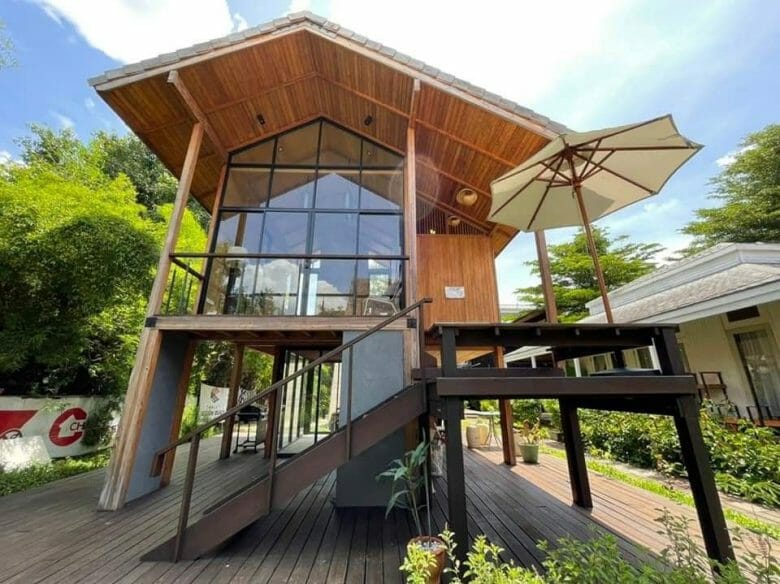
.
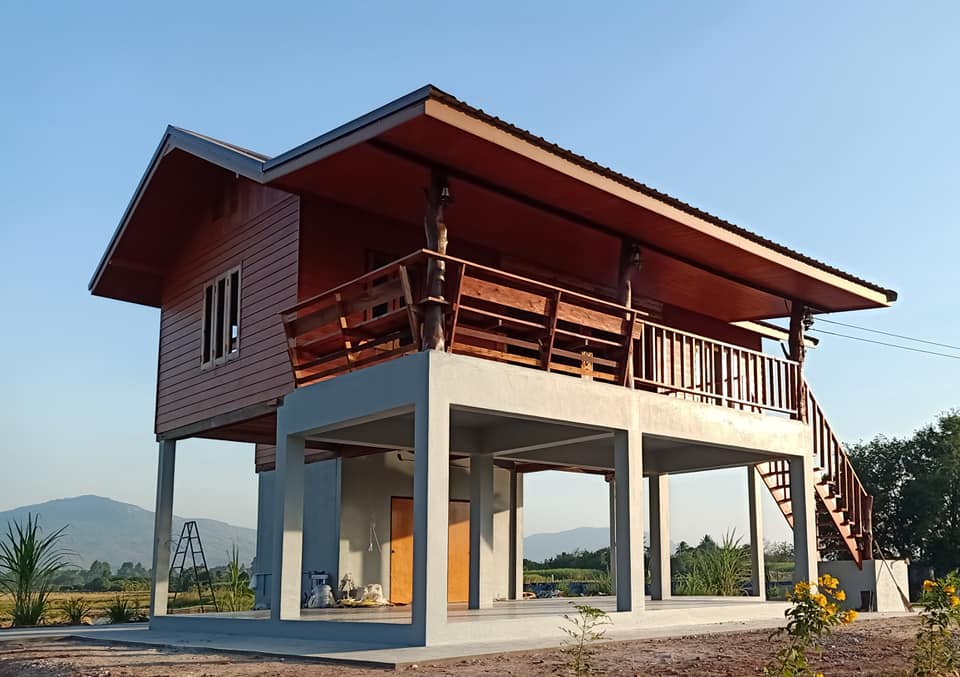
.
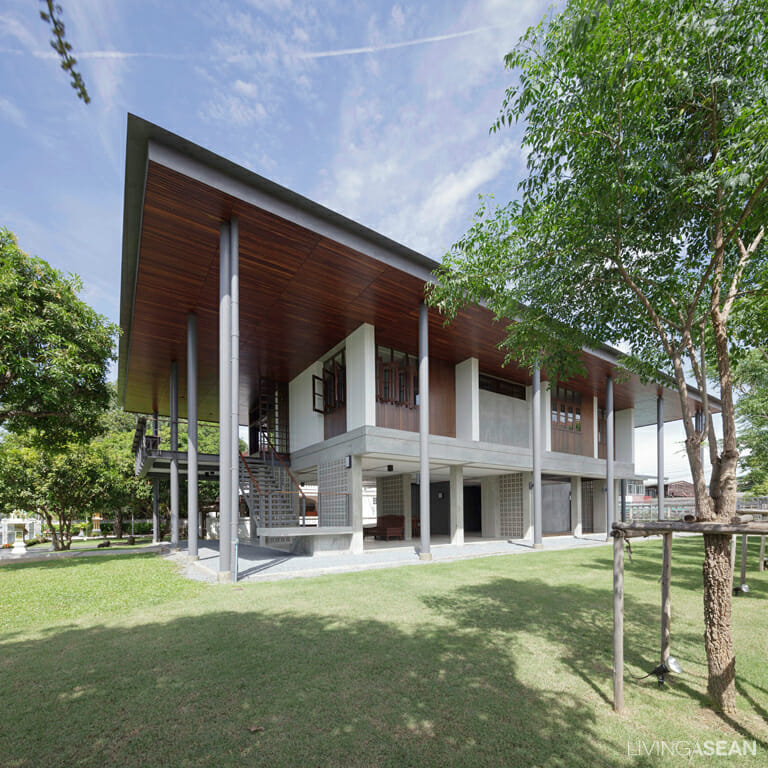
.
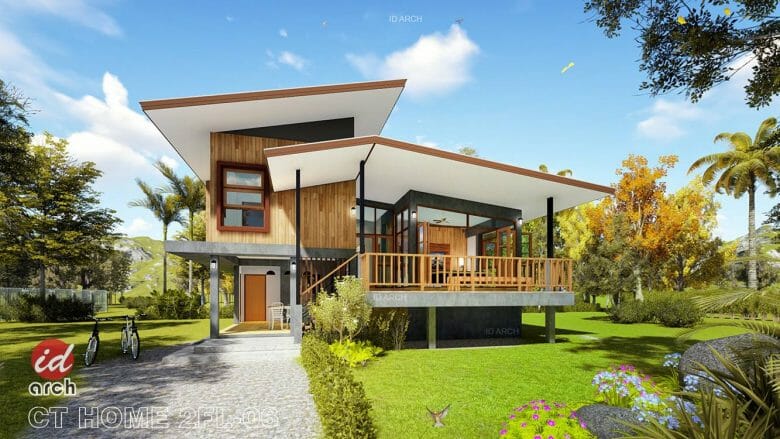
.
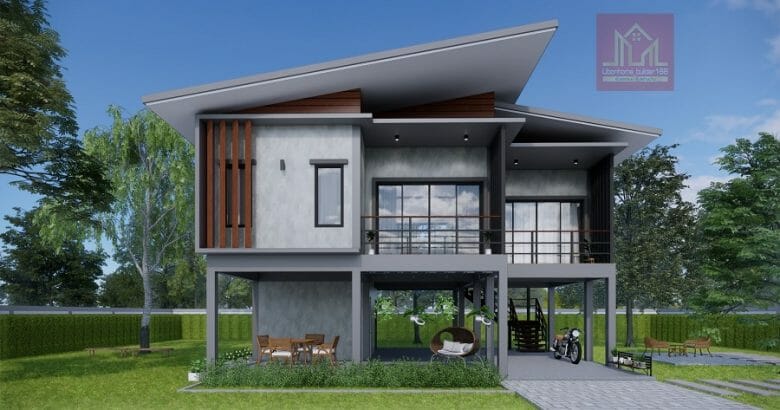
.
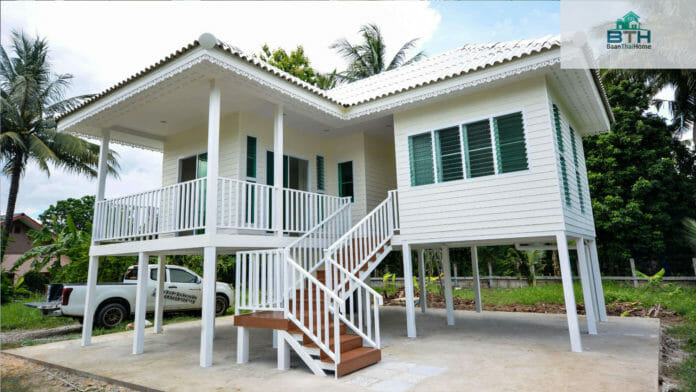
.
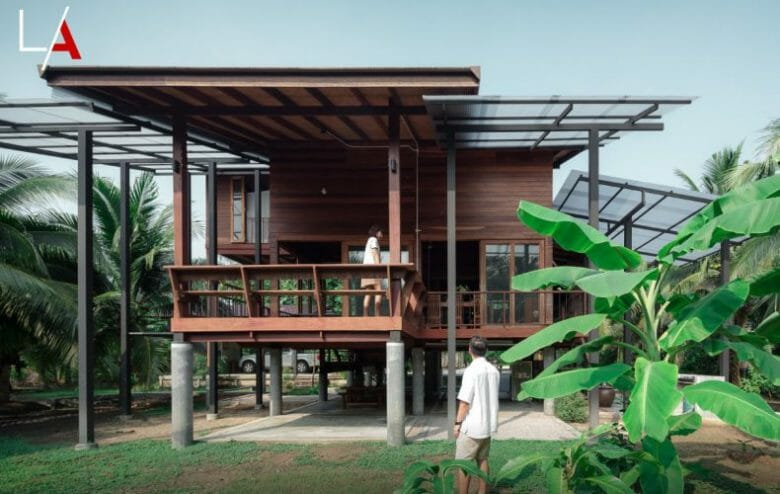
.
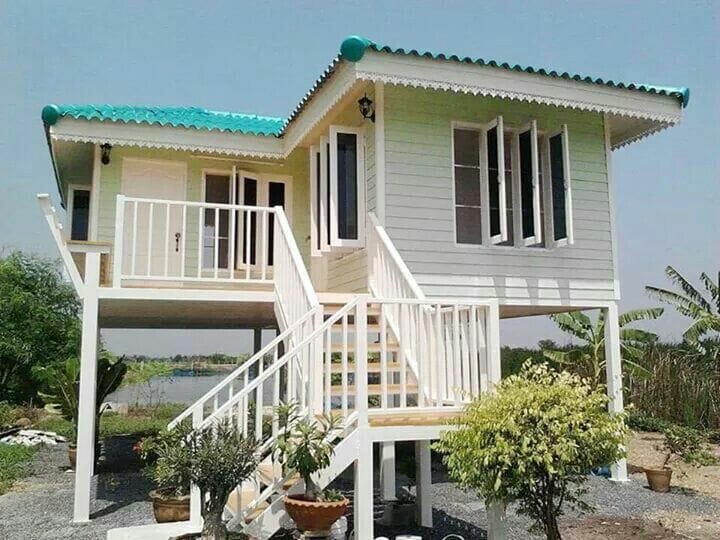
.
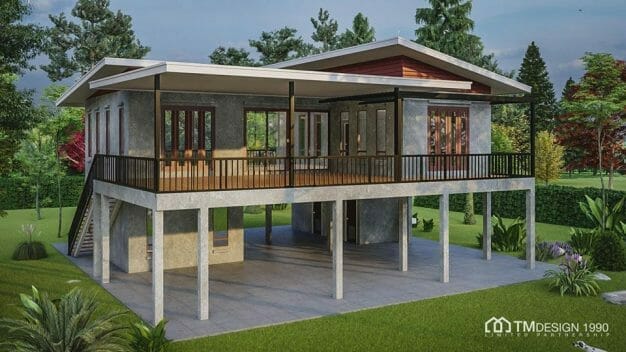
.
Cr ; pinterest, idea-home.thailetgo.com, banidea, baanlaesuan
Related Topics